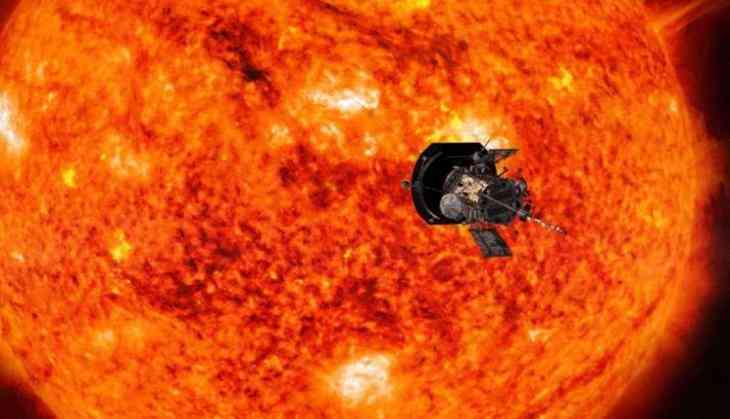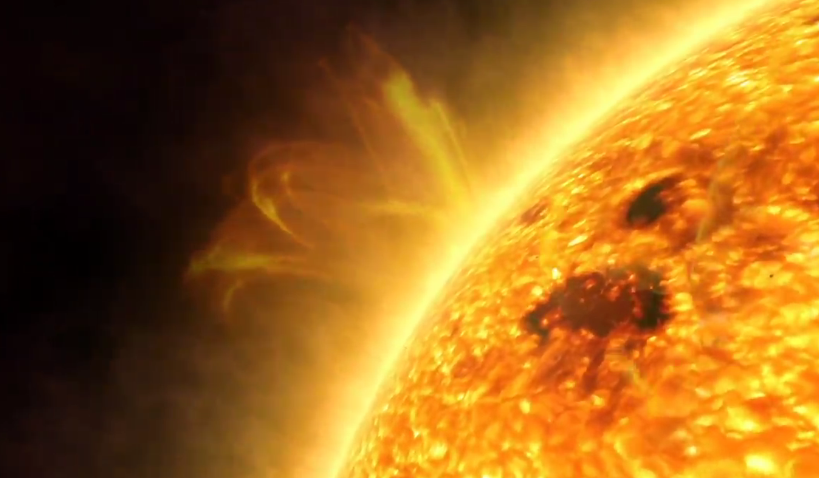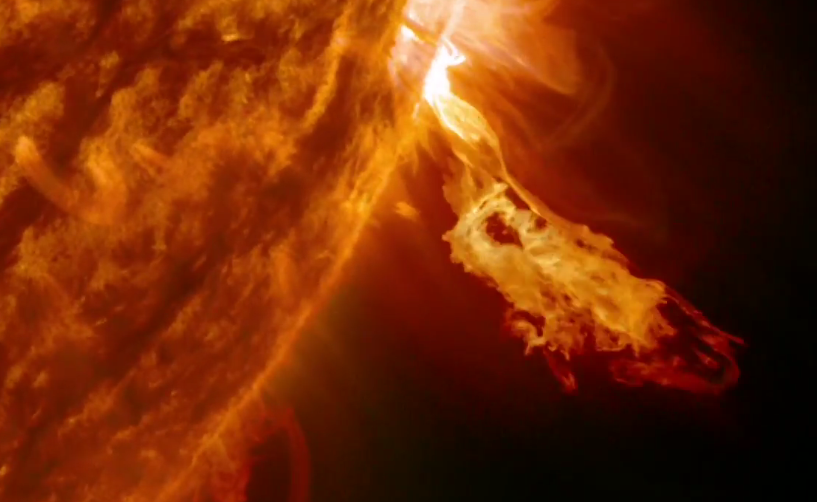

NASA has finally launched its historic tiny car-size probe 'Parker Solar Probe', the first ever mission to 'touch the Sun' from Cape Canaveral Air Force Station in Florida on Sunday in a second attempt. As per reports, It was scheduled to launch on Saturday but later it got scrubbed as NASA cited the cause of delaying the launch as a "violation of a launch limit".
"The launch of a United Launch Alliance Delta IV Heavy rocket carrying the Parker Solar Probe spacecraft was scrubbed today due to a violation of a launch limit, resulting in a hold. There was not enough time remaining in the window to recycle," NASA said in a blog post.
"The forecast shows a 60 per cent chance of favourable weather conditions for launch," the post added. "And it needs to be, because it takes an immense amount of energy to get to our final orbit around the Sun," Driesman added.
The NASA's probe is named after Eugene Parker, a solar physicist who in 1958 first predicted the existence of the solar wind, the stream of charged particles and magnetic fields that flow continuously from the Sun.
Weighing just 635 kgs, it is a relatively light spacecraft, Andy Driesman, project manager for the mission at the Johns Hopkins University Applied Physics Laboratory in the US, said in an earlier statement issued by NASA.
"Recent advances in materials science gave us the material to fashion a heat shield in front of the spacecraft not only to withstand the extreme heat of the Sun but to remain cool on the backside," said Adam Szabo, the mission scientist for the Parker Solar Probe at NASA's Goddard Space Flight Center in Greenbelt, Maryland.
What is the Parker Solar Probe and what will it study?
According to a report in NewYork Times, it will study the sun’s outer atmosphere and the particles it produces known as solar wind.
3-2-1… and we have liftoff of Parker #SolarProbe atop @ULAlaunch’s #DeltaIV Heavy rocket. Tune in as we broadcast our mission to “touch” the Sun: https://t.co/T3F4bqeATB pic.twitter.com/Ah4023Vfvn
— NASA (@NASA) August 12, 2018

"The forecast shows a 60 per cent chance of favourable weather conditions for launch," the post added. "And it needs to be, because it takes an immense amount of energy to get to our final orbit around the Sun," Driesman added.
The NASA's probe is named after Eugene Parker, a solar physicist who in 1958 first predicted the existence of the solar wind, the stream of charged particles and magnetic fields that flow continuously from the Sun.
Weighing just 635 kgs, it is a relatively light spacecraft, Andy Driesman, project manager for the mission at the Johns Hopkins University Applied Physics Laboratory in the US, said in an earlier statement issued by NASA.
"Recent advances in materials science gave us the material to fashion a heat shield in front of the spacecraft not only to withstand the extreme heat of the Sun but to remain cool on the backside," said Adam Szabo, the mission scientist for the Parker Solar Probe at NASA's Goddard Space Flight Center in Greenbelt, Maryland.
What is the Parker Solar Probe and what will it study?
According to a report in NewYork Times, it will study the sun’s outer atmosphere and the particles it produces known as solar wind.
First published: 12 August 2018, 13:35 IST


